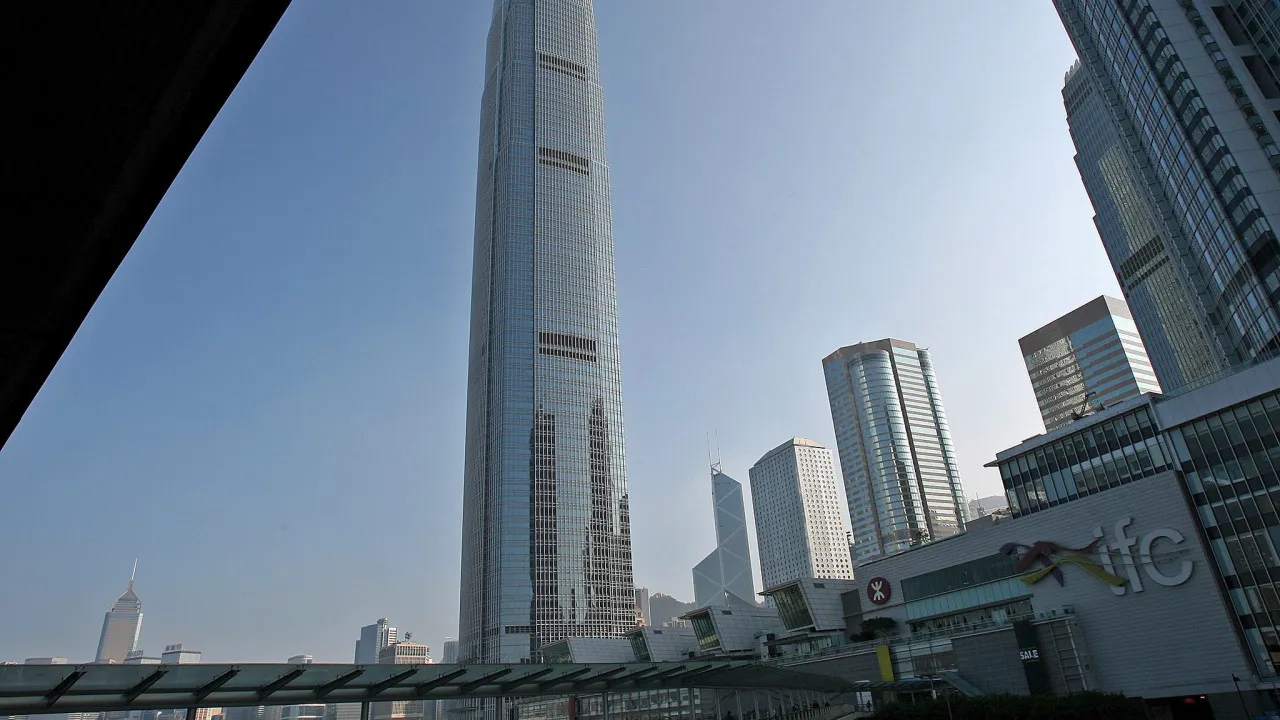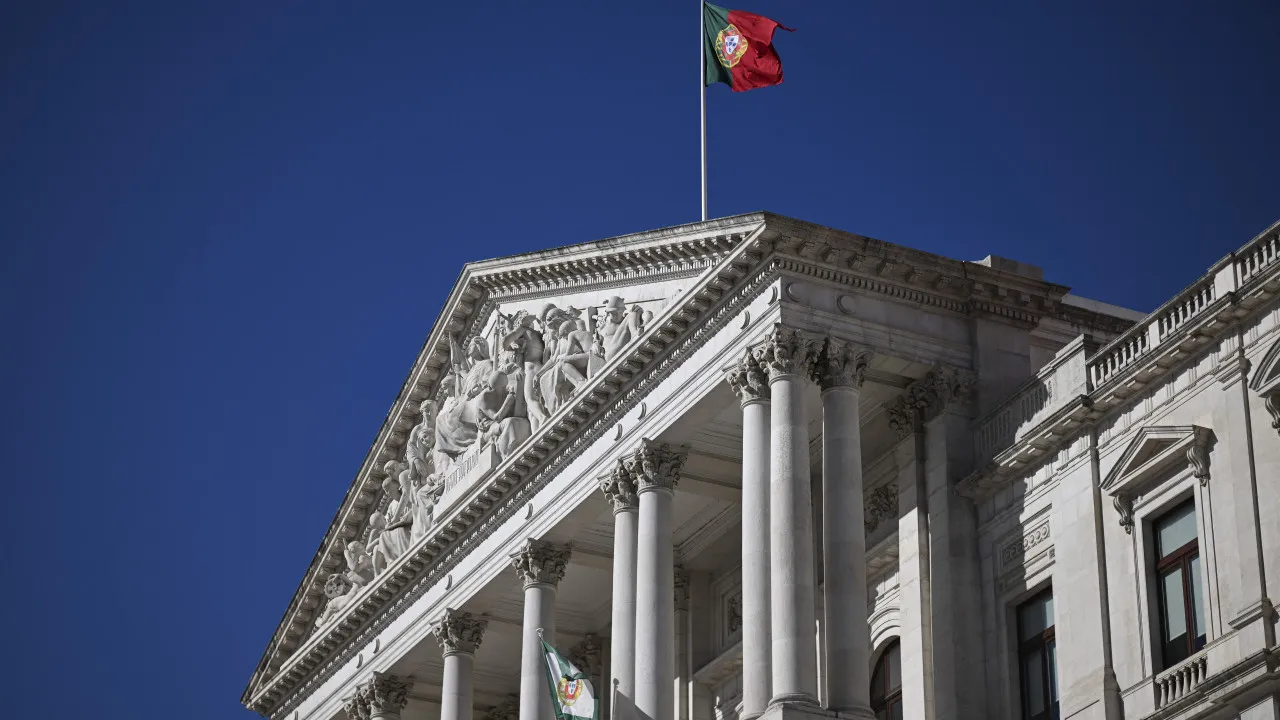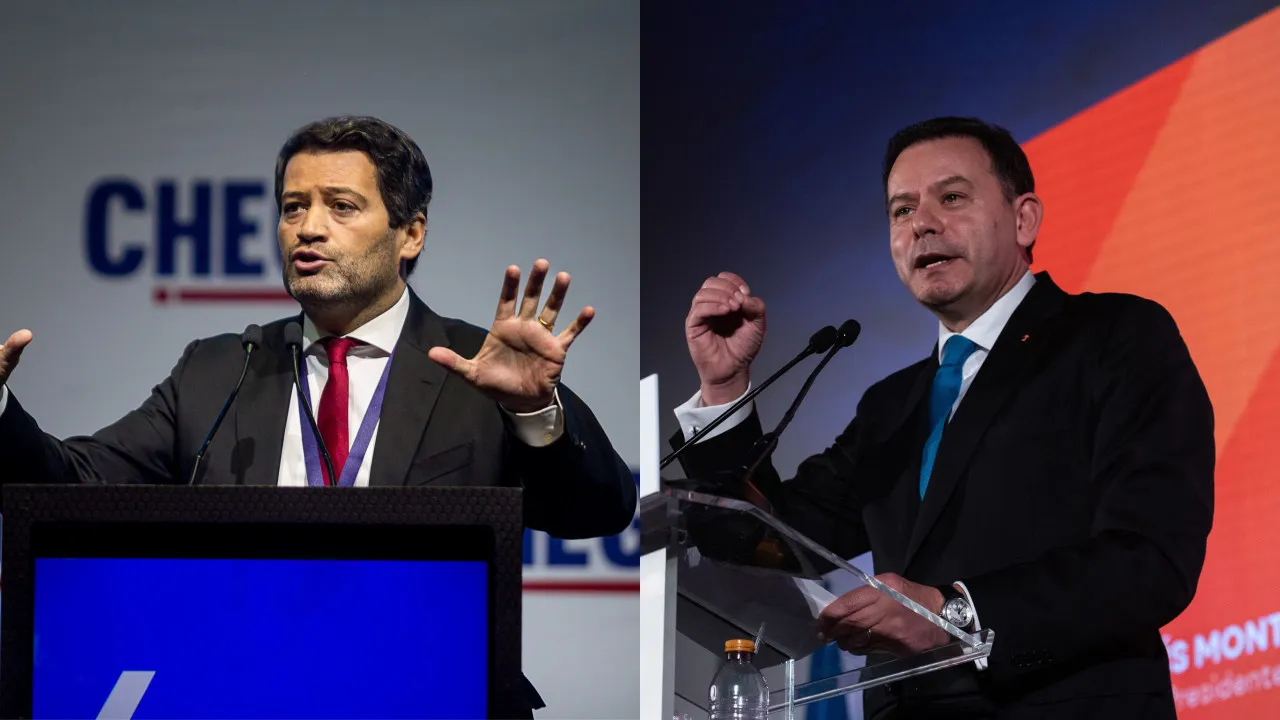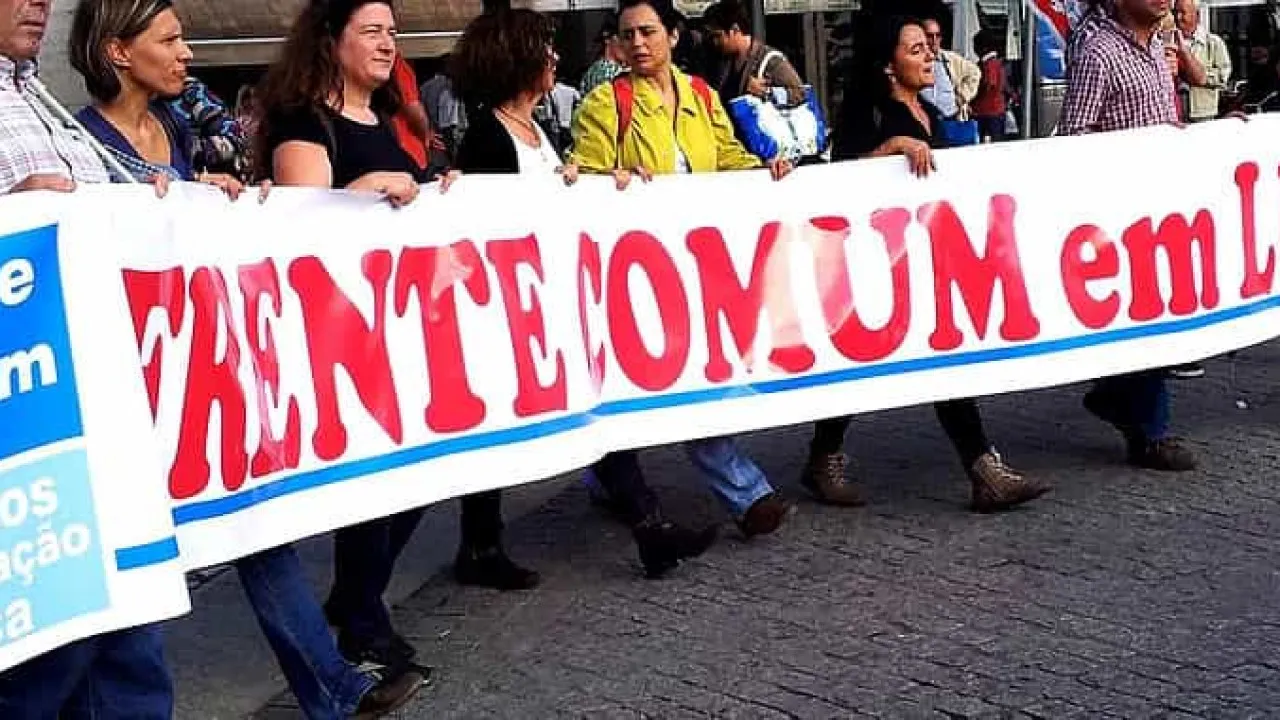
The Hong Kong Monetary Authority (HKMA), the territory’s de facto central bank, has stepped up market interventions to defend the Hong Kong dollar’s peg to the US dollar amid heightened volatility.
The HKMA purchased HK$20.02 billion (approximately €2.2 billion) of local currency after signs that it had hit the lower limit of the allowed trading band during transactions in New York. This amount is more than double the HK$9.42 billion bought the previous week.
The Hong Kong dollar has experienced significant fluctuations in recent months, oscillating between the extremes of its trading band. For the first time since the implementation of the current exchange rate regime in 2005, authorities have been forced to intervene to defend both ends of the band within the same year.
These fluctuations rekindle the debate over the sustainability of the currency peg, although there are no immediate signs of changes. Analysts have discussed the possibility of widening the trading band by pegging the Hong Kong dollar (HKD) to the yuan or even allowing it to float freely.
In May, a sharp depreciation of the US dollar led to increased demand for the Hong Kong dollar, compelling the HKMA to inject liquidity into the financial system to curb the currency’s appreciation, which threatened the upper band limit (7.75 per dollar). This operation resulted in a sharp reverse movement, pushing the currency to the lower band limit (7.85 per dollar).
Despite this week’s new intervention, the aggregate balance of the financial system—one of the main components of Hong Kong’s monetary base—is expected to drop only to HK$144.2 billion (€15.5 billion), maintaining ample market liquidity and reduced local borrowing costs.
This situation makes the so-called ‘carry trade’ strategy appealing, where investors take cheap loans in Hong Kong dollars to invest in US dollar-denominated assets with higher yields. Analysts warn that the local currency might soon test the lower band limit again.
“It may take time for liquidity conditions to normalize. Interventions will continue as long as liquidity levels remain high,” said Andy Ji, strategist at InTouch Capital Markets, quoted by Bloomberg.
Attention is now focused on Hong Kong’s interbank rates, known as Hibor, which remain low despite the HKMA’s liquidity drainage. The difference between the one-month Hibor and its US equivalent stayed close to historic highs at the start of the week.
The Hong Kong dollar showed little variation today, trading at 7.8497 per US dollar.
The Macau pataca (MOP) is officially pegged to the Hong Kong dollar. The exchange rate is 103.2 MOP for 100 HKD, with a fluctuation band that can go up to 10%.




